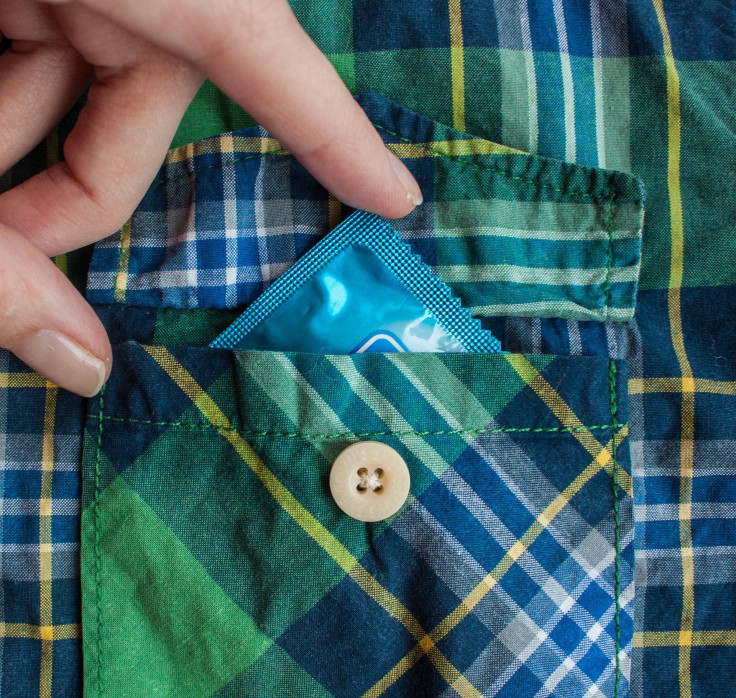Male Birth Control Use Is Up, But The Newest Trend May Surprise You

Gender equality works both ways, and new research shows that men are pulling their weight when it comes to birth control. Overall, about six in 10 sexually active men reported using a male method of contraception the last time they had sex, but one method in particular, the pull out method, had a surprising surge in popularity with use doubling from 2002, a report from the Centers for Disease Control and Prevention revealed.
The data was compiled from the National Survey of Family Growth, collected between 2011 and 2015, and based on answers from 3,700 unmarried men who had sex in the past three months. Use of any type of male birth control rose from 52 percent in 2002 to more than 59 percent in the recent reading.
About 75 percent of never-married young men reported using a form of male-method contraception, while only 55 percent of formerly married men and 36 percent of men currently living with their partners said the same, WebMD reported. There also seemed to be racial differences, with more single black men reporting condom use than white and Hispanic men, although the differences were not very significant.
When taking both male and female contraception use into consideration, 82 percent of men who’d had sex in the past 90 days said either they or their partners had used some form of birth control. However, when you take a closer look at what types of birth control were used, things get a bit more interesting.
Condoms continue to reign as the most popular male-method of birth control and six out of 10 never-married men reported using condoms, followed by 35 percent of formerly married men and about one-quarter of cohabiting men. However, what may be most surprising is the increase in popularity of the “withdrawal,” or “pull out” method. The data showed that reliance on pulling out has doubled since 2002, and in 2011-2015 about 45 percent of men admitted to relying on this technique.
According to Planned Parenthood, the pull out method involves pulling the penis out and away from the vagina at the time of ejaculation. Some sexual health experts believe that the pull out method does not always get the credit that it deserves and has a place alongside other types of birth control—although this form of contraception does not protect against STDs. For example, Planned Parenthood reports that for every 100 women who use the pull out method perfectly, only four will get pregnant, which is pretty comparable to other birth control methods. The problem is that people don't always use the method correctly.
This method involves a large amount of self-control and understanding of one's own body. Young people or those who are not as experienced may not understand their body’s sexual responses and may not be able to recognize when they are about to ejaculate. Planned Parenthood advises using condoms in addition to pulling out to better prevent unplanned pregnancies.



























